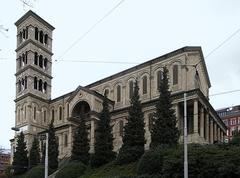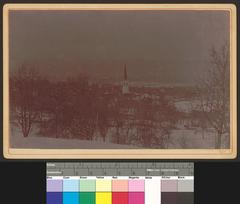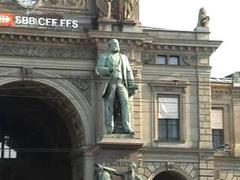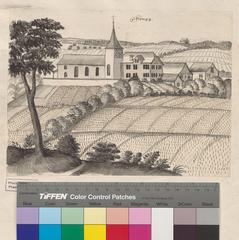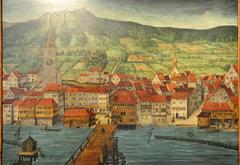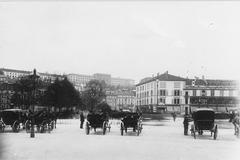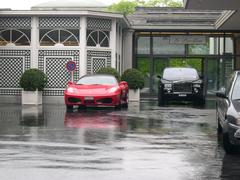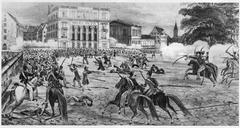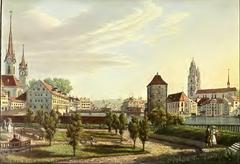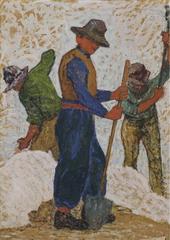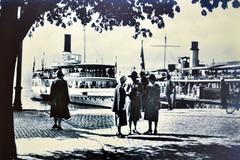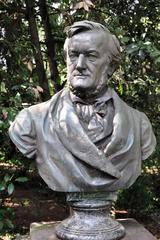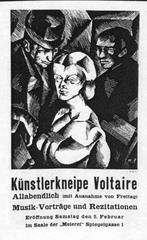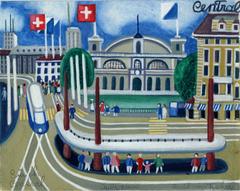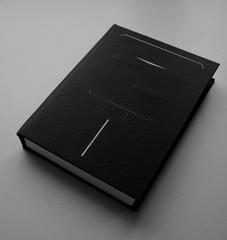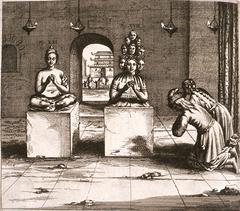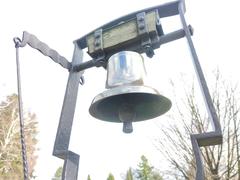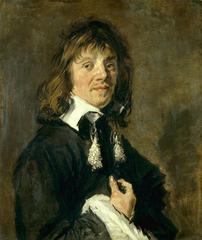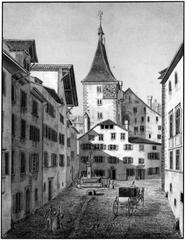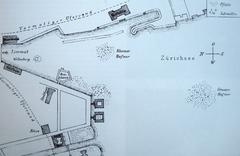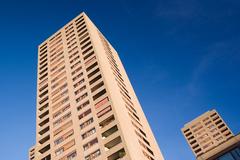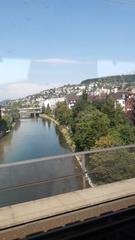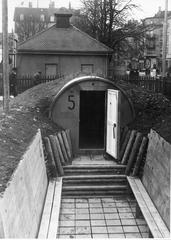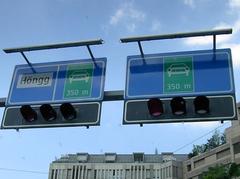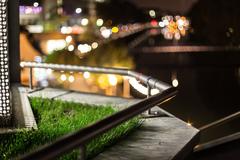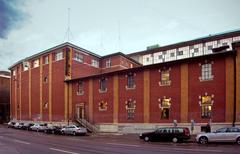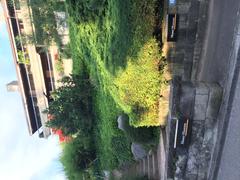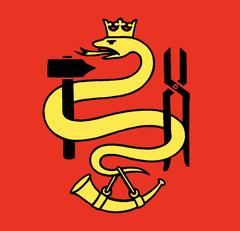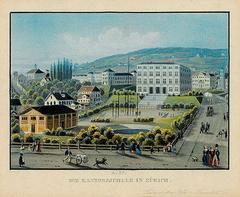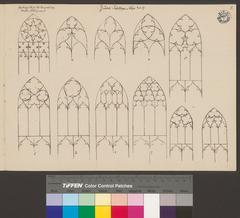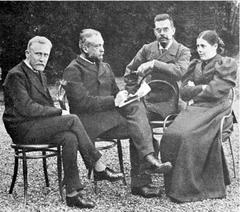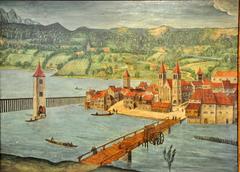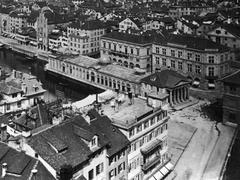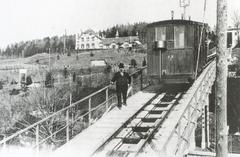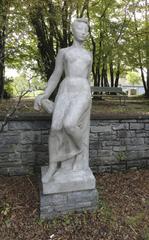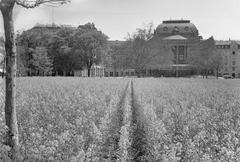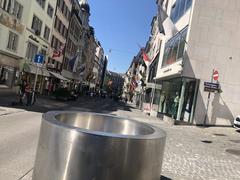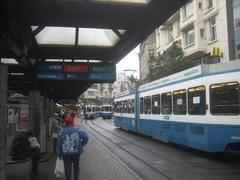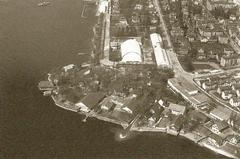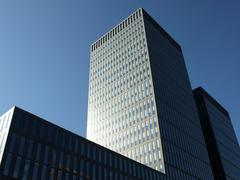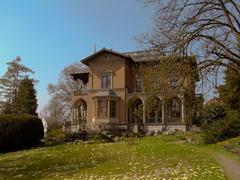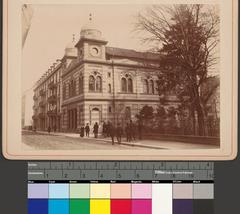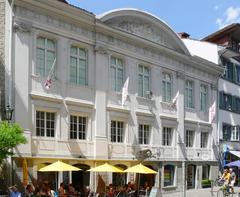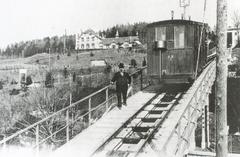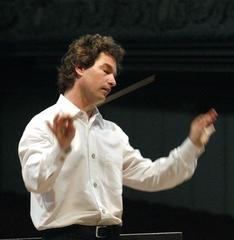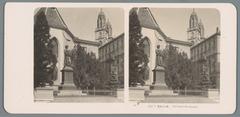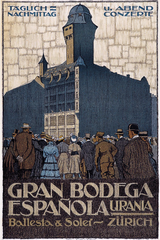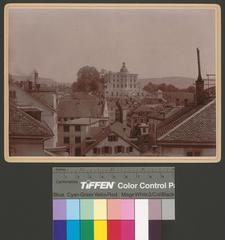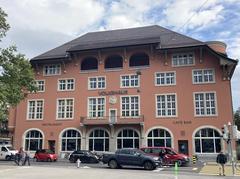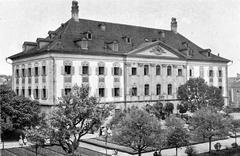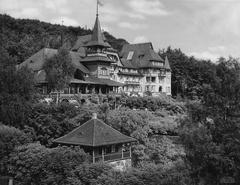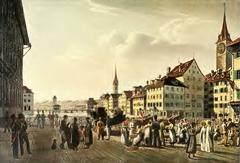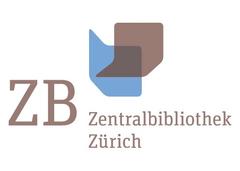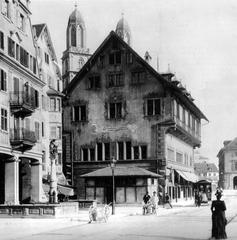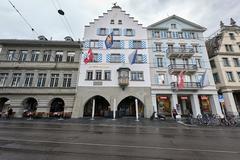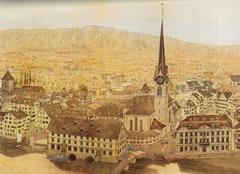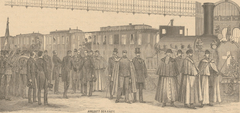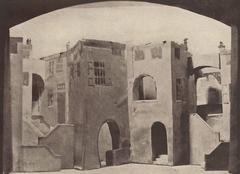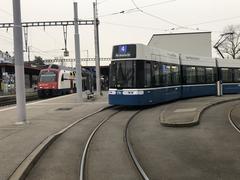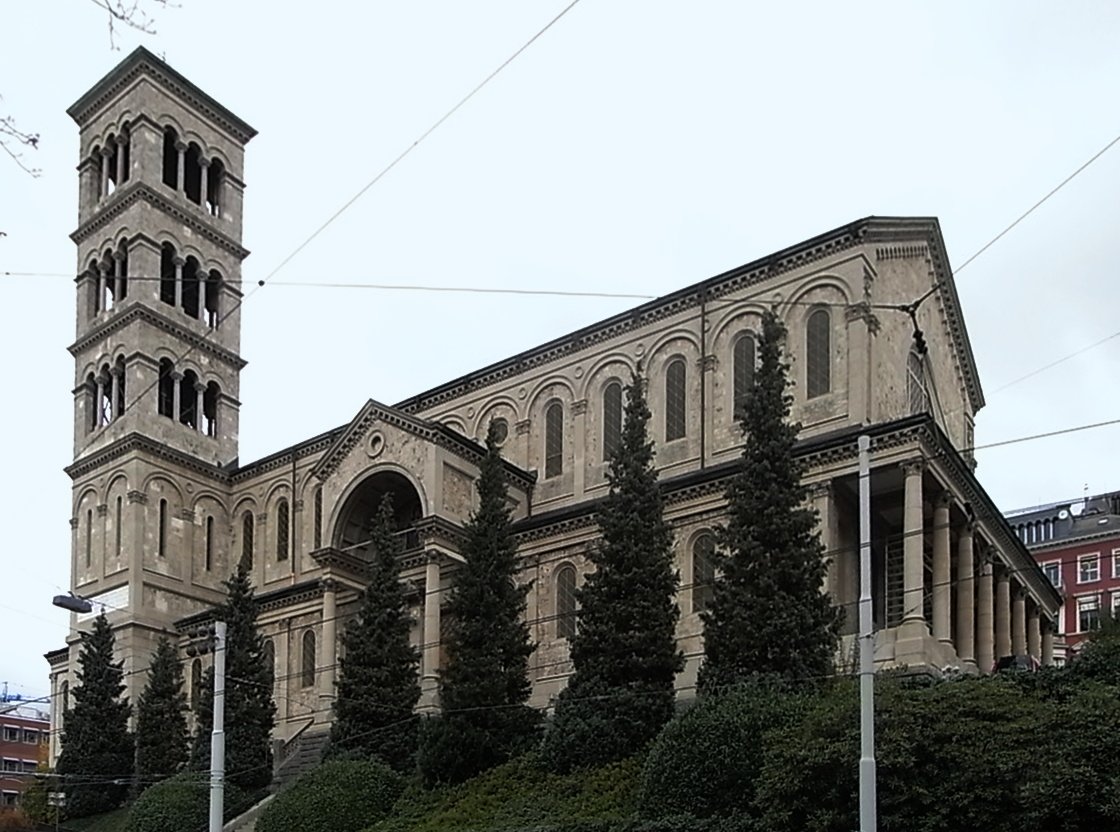
Liebfrauenkirche Zürich: Visiting Hours, Tickets, and Historical Sites Guide
Date: 15/06/2025
Introduction
Nestled in the vibrant heart of Zürich, Liebfrauenkirche (Church of Our Lady) stands as a testament to religious tolerance, architectural excellence, and cultural engagement. As the first Catholic church built in Zürich after the Protestant Reformation, its consecration in 1893 marked the revival of Catholic life in a city historically shaped by Protestantism. Designed by August Hardegger, the church combines Neo-Romanesque and historicist architectural styles, echoing early Christian basilicas of Rome and Ravenna. Today, Liebfrauenkirche is more than a place of worship—it’s a center for music, art, and community life. This guide offers comprehensive information on its history, architecture, visiting hours, ticketing, accessibility, and visitor tips, ensuring you make the most of your time at this remarkable Zürich landmark (Zurich 1200 Fountains, de.wikipedia, liebfrauen.ch).
Contents
- Historical Background
- Architecture and Artistic Heritage
- Cultural and Spiritual Importance
- Practical Visitor Information
- Visitor Experience and Tips
- Frequently Asked Questions (FAQ)
- Conclusion and Call to Action
- Sources and Further Reading
Historical Background
Foundation and Significance
Liebfrauenkirche was established in response to Zürich’s growing Catholic community in the late 19th century. After centuries of limited Catholic worship spaces, the foundation stone was laid in 1892, and the church was consecrated in 1893. Its creation symbolized a milestone of religious tolerance and integration within the city (Zurich 1200 Fountains).
Architectural Influences
August Hardegger’s design draws heavily from early Christian and Romanesque traditions, with a basilica plan, semicircular apse, and an Italian-style campanile. The church’s brick and stone construction, rounded arches, and restrained ornamentation evoke timelessness and spiritual gravitas.
Historical Role
Liebfrauenkirche quickly became Zürich’s largest Catholic parish, fostering spiritual and cultural life. It provided sanctuary during tumultuous periods, including the World Wars, and was at the forefront of liturgical renewal following the Second Vatican Council. The church has continually adapted, reflected in major renovations in 1962 and subsequent decades.
Architecture and Artistic Heritage
Site and Orientation
The church occupies an elevated terrace above Leonhardstrasse and Weinbergstrasse, enhancing its visibility in Zürich’s cityscape. Unusually, its façade faces south—an adaptation to the local topography (de.wikipedia).
Exterior
The basilica features a broad entrance porch and a central nave flanked by aisles. Its prominent campanile, originally intended as part of a pair, stands as a city landmark. The rounded choir apse and ambulatory reflect early Christian influences (wikipedia).
Interior
Inside, the church’s central nave is illuminated by clerestory windows and boasts an open timber roof. The raised choir leads to a richly decorated high altar, framed by mosaics, frescoes, murals, and stained glass. Artistic highlights include the Pietà sculpture and carved Stations of the Cross (worshipfacility.com).
Music and Acoustics
Liebfrauenkirche is renowned for its acoustics, making it a favored venue for concerts and sacred music. The ornate pipe organ is central to its musical life. Modern renovations have included discreet beam-steering loudspeakers to improve speech clarity (liebfrauen.ch).
Preservation
The church is a protected monument, with significant restorations carried out in the 1980s and 2010s, ensuring both liturgical relevance and architectural integrity (wikipedia).
Cultural and Spiritual Importance
Religious Life
Liebfrauenkirche is a hub for Zürich’s Catholic community, hosting Masses, sacraments, and major liturgical celebrations. Services are multilingual—German, Italian, Spanish, and English—reflecting the city’s diversity (Catholic Church in Zürich).
Marian Devotion and Pilgrimage
Dedicated to the Virgin Mary, the church is a site of Marian devotion, including rosary prayers, processions, and annual pilgrimages (Liebfrauenkirche Marian devotion).
Social Outreach
The church is committed to social justice, organizing food drives, refugee support, and assistance for marginalized groups (Liebfrauenkirche Sozialdienst).
Ecumenical and Interfaith Engagement
Liebfrauenkirche actively participates in interfaith dialogue and hosts ecumenical events, fostering cooperation and understanding across Zürich’s religious communities (Zürich Interfaith Forum).
Practical Visitor Information
Address & Getting There
- Location: Zehnderweg 9, 8006 Zürich, Switzerland
- Access: 10-minute walk from Zürich Hauptbahnhof (main train station). Accessible by tram, bus, and on walking tours (gpsmycity.com).
Visiting Hours
- Monday to Saturday: 09:00 – 18:00
- Sunday: 12:00 – 18:00 (outside of service times)
- Note: Hours may vary during holidays or special events. Check the official agenda for updates.
Admission and Tickets
- Entry: Free for all visitors.
- Guided Tours: Available by appointment in multiple languages (Liebfrauenkirche guided tours). Some special concerts or events may require separate tickets.
Accessibility
- Wheelchair Access: Ramps and accessible restrooms are available.
- Audio Guides: Provided in several languages.
Additional Tips
- Dress Code: Modest attire is appreciated.
- Photography: Permitted outside service times; avoid flash and respect worshippers.
- Quiet Reflection: The church welcomes visitors seeking a tranquil space for prayer or meditation.
Nearby Attractions
Located near the university district and Zürich’s Old Town, the church is close to other historical sites like Grossmünster, Fraumünster, and the Limmat promenade.
Visitor Experience and Tips
- Duration: Plan for 1–2 hours to explore the architecture, art, and atmosphere.
- Events: Attend a concert or liturgical celebration to appreciate the church’s acoustics and community spirit (Liebfrauenkirche music program).
- Walking Tours: Liebfrauenkirche features on several self-guided and app-based walking tours, ideal for exploring Zürich’s historical sites at your own pace (gpsmycity.com).
- Community Life: Visitors can participate in open lectures, social outreach, or simply enjoy the peaceful cloister garden.
Frequently Asked Questions (FAQ)
Q: What are the opening hours?
A: Monday to Saturday 09:00–18:00, Sunday 12:00–18:00 (outside service times).
Q: Is there an entrance fee?
A: No, entry is free. Special events may require tickets.
Q: Are guided tours available?
A: Yes, by prior arrangement via the church website.
Q: Is the church wheelchair accessible?
A: Yes, with ramps and accessible facilities.
Q: Can I take photographs inside?
A: Yes, but not during services. Please be respectful of the sacred atmosphere.
Conclusion and Call to Action
Liebfrauenkirche Zürich offers a unique encounter with the city’s religious, cultural, and architectural heritage. From its roots as a symbol of tolerance and faith to its dynamic role today as a center for worship, music, and community, the church invites all to experience its serene beauty and vibrant life. Plan your visit, attend a concert, or enjoy a guided tour to fully appreciate this landmark’s enduring legacy.
For the latest information on visiting hours, events, and guided tours:
- Visit the official Liebfrauenkirche website
- Explore upcoming events through the official agenda
- Download the Audiala app for immersive audio guides and walking tours
Share your experience using #VisitLiebfrauenkircheZürich and follow us on social media for updates.
